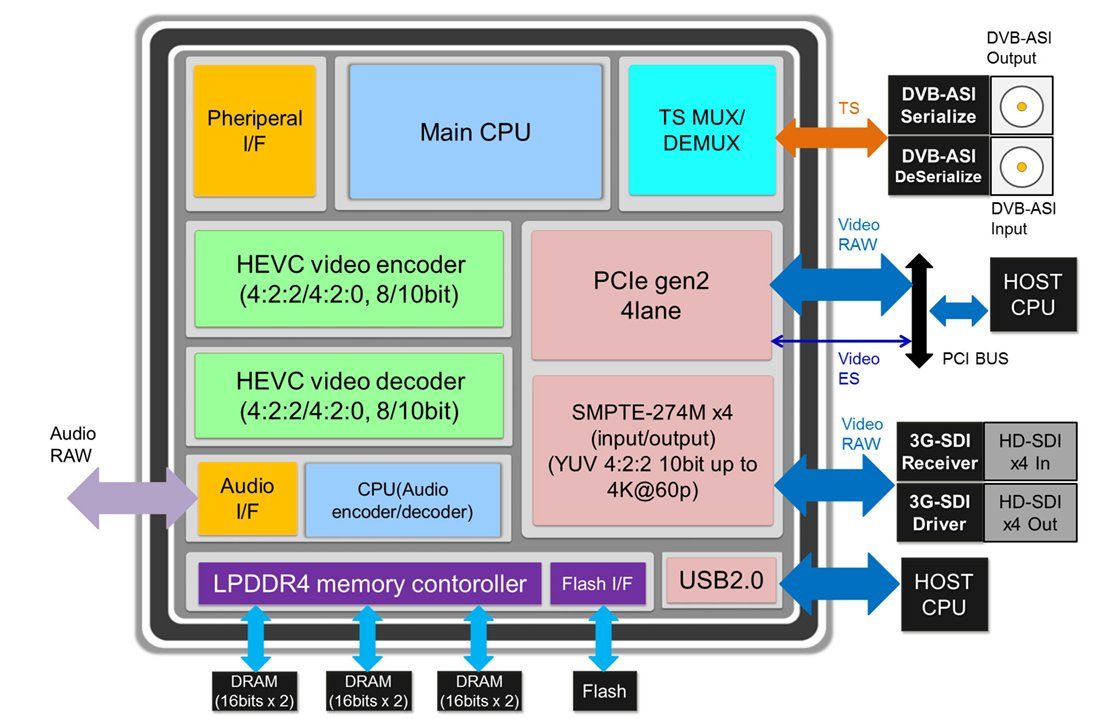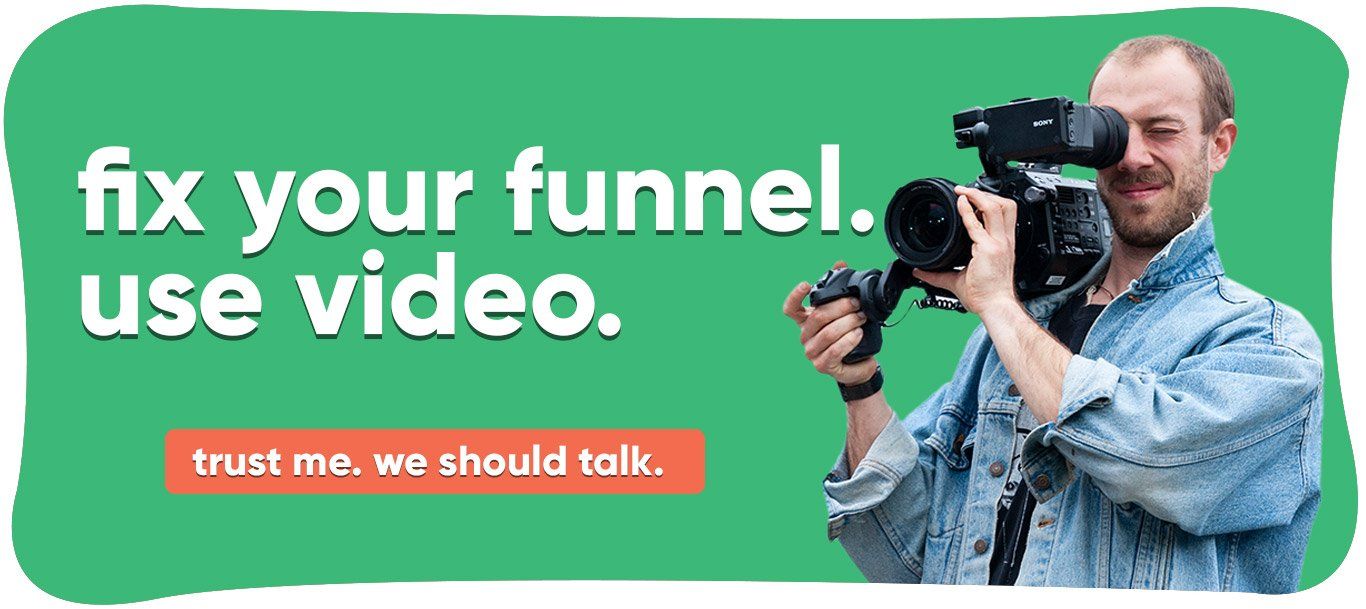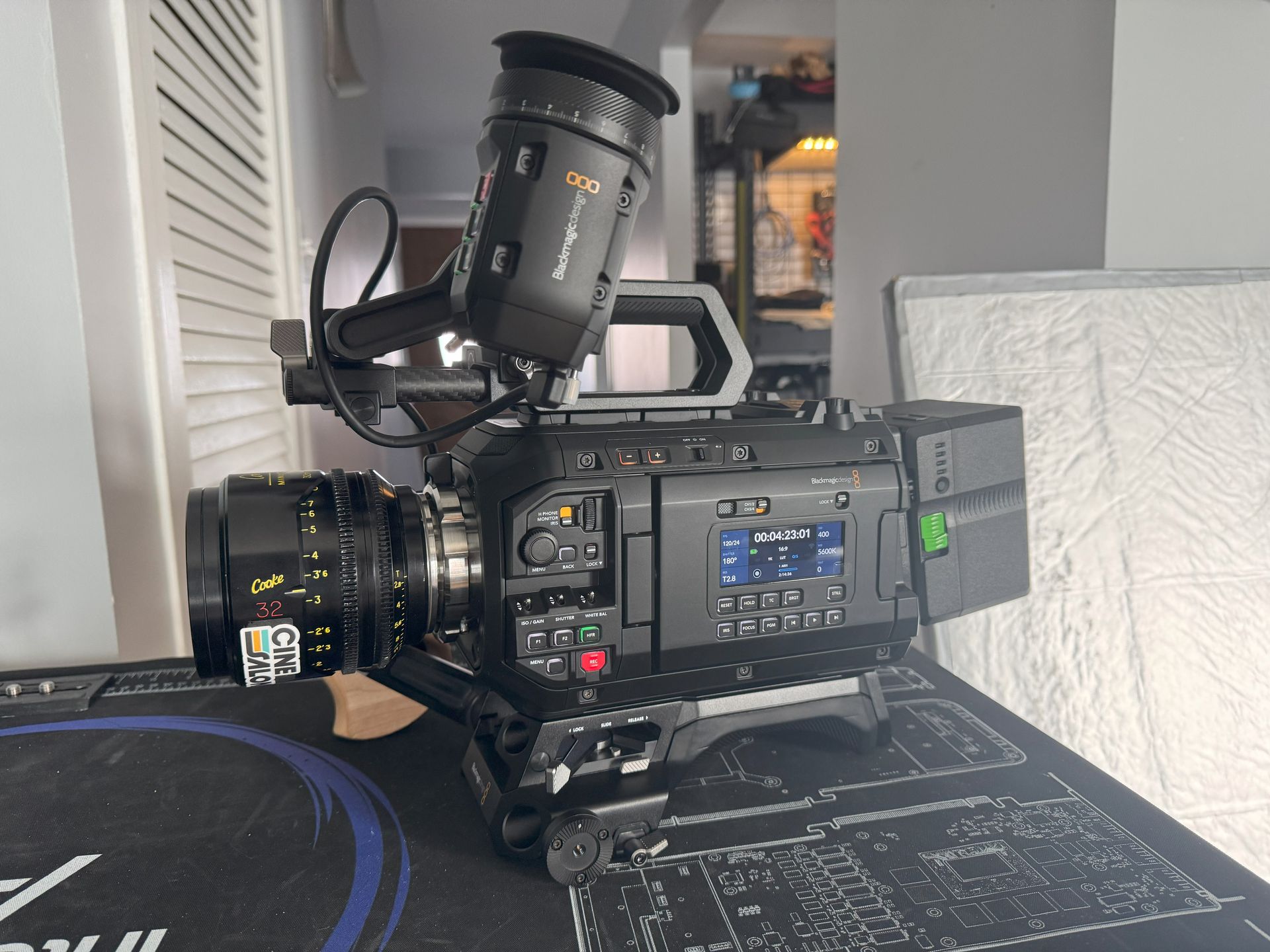In the ever-evolving video industry, we see the major tech players fighting over consumers' attention on screens.
However, there is a new contender in the market which tech giants Microsoft and Apple have been supporting. It will likely change the video landscape when it takes off, provide intense competition, and shape the future of codecs.
The high-efficiency video coding or HEVC format has been much discussed recently. It's because of its capability to produce high-definition videos in the ranks of 4k. There is more likely an 8k HDR in the foreseeable future. Because of its potential, this new breed of codec has been supported by Apple through its macOS High Sierra and Premiere Pro and FCP X of professional NLEs. Other vendors are following suit every month as of this writing.
Getting to know your HEVC format

Industry Trend
Storage Data
Research Support
Patenting
With all the fantastic features of the HEVC, you will want to know how it can deliver. Let’s talk about how it works, then.
How does the HEVC format work?
Intra prediction modes
CTUs and macroblocks
Filtering types
What is the HEVC format made for?
In the home
In companies
In the TV industry
Where do we see HEVC format in post-production?
DaVinci Resolve
The Blackmagic Design of the DaVinci Resolve can decode HEVC format in the macOS since April of 2016.
Avid Media Composer
Adobe Premiere Pro
Apple’s FCP X
AV1
VP9
Final verdict
Because of the considerable support from the AOM, the AV1 may be the likely choice for the video streaming industry. Netflix, Hulu, Apple, Amazon, and
Google were shown to have taken steps towards adopting AV1 into their systems. The HEVC may then be the codec of choice of TV broadcasting networks who want to follow the ATSC 3.0 standards.
Though the open source versus licensing concerns impact the choice between available codecs, it ultimately boils down to who can deliver the best video quality and gain continuing support from the tech industry as far as who wins in this format battle.

Get total clarity on your video marketing and paid media with our FREE comprehensive data audit.








